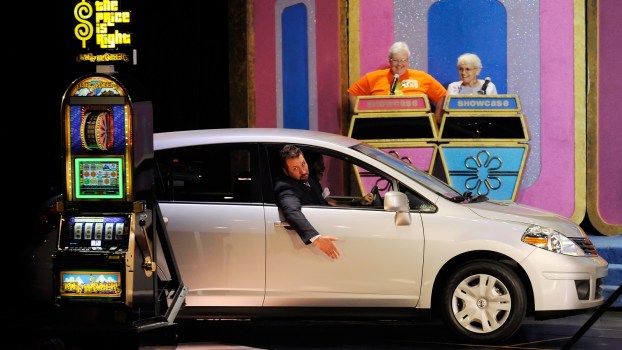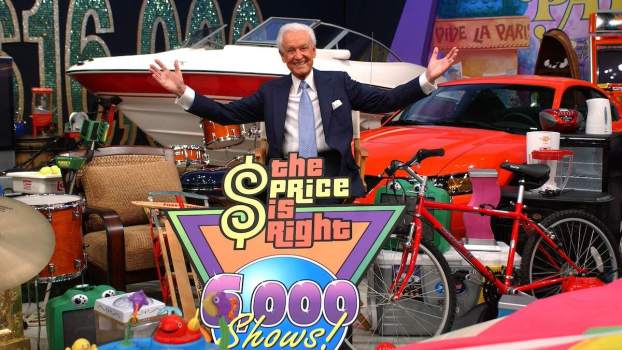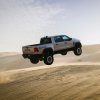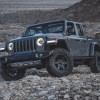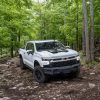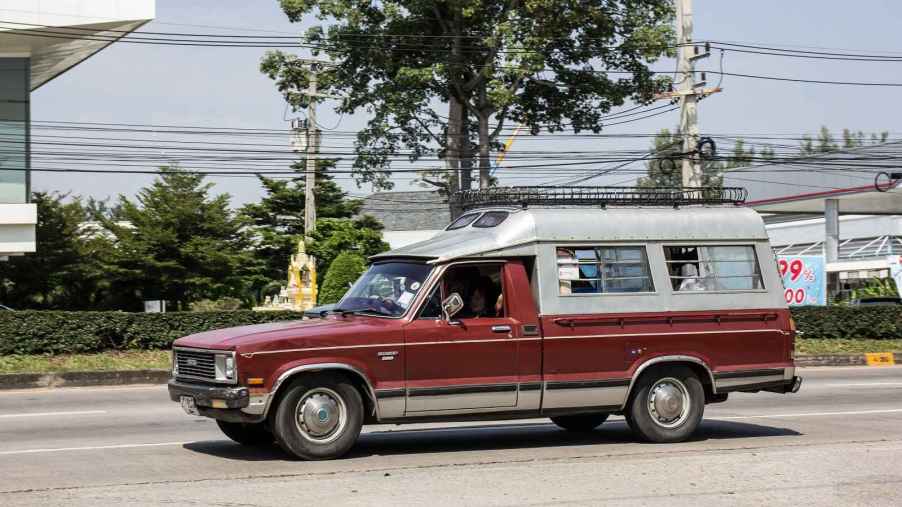
1 Forgotten Mazda Pickup Truck Was an Awesome ’90s Game Show Prize
In the 1980s, Mazda spent more than $100 million to design its new third-generation (1986 to 1993) B-series pickup. The truck was specifically meant to cater to American tastes. While the Mazda trucks from this era never quite reached the Toyota Hilux level of popularity, the brand made a pretty impressive run at the crown. Before it became little more than a badge-engineered Ford Ranger, Mazda had a distinct and handsome-looking workhorse on its hands.
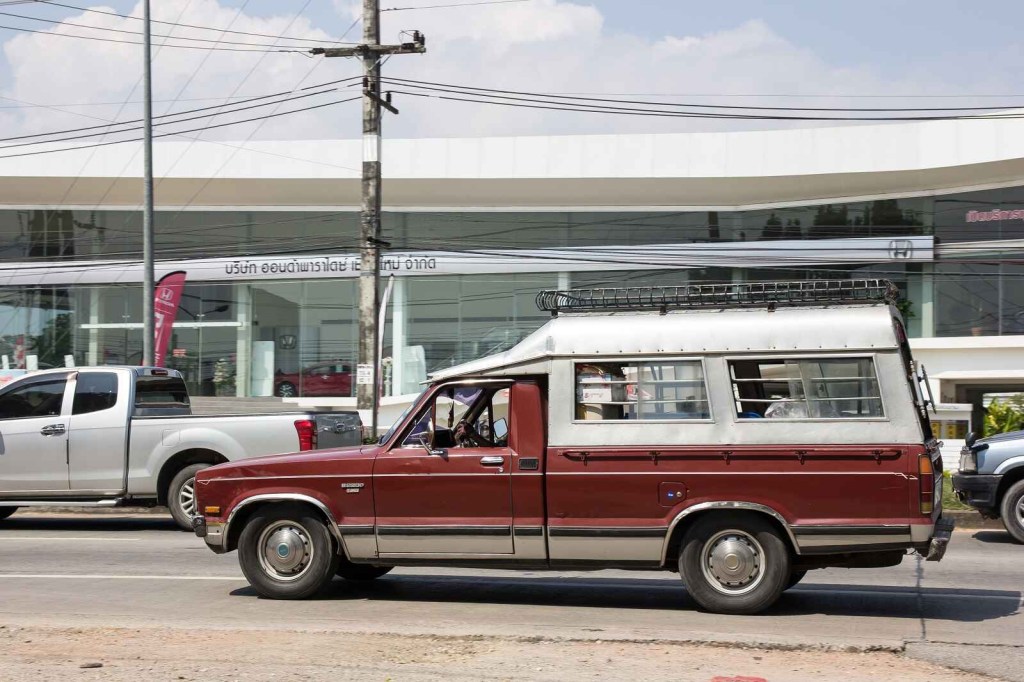
The B2200 was a game show regular
Over its seven-year production run, the third-gen B-series was equipped with a few different standard and optional powerplants. All of them were four cylinders ranging from 2.0 liters to 2.6 liters. Trucks with the top-of-the-line 2.6-liter engine were actually considered a seperate model, called the B2600. The B2600 had a special hood with a power bulge to accommodate a larger engine. Four-wheel drive versions had unique wide fender flares with mud flaps.
In the late 1980s and early 1990s, Mazda’s B2200 was regularly promoted on the Alex Trebek-hosted game show Classic Concentration. In the game, contestants solved rebus puzzles for prizes. The prize for the bonus round called the “Winner’s Circle,” was always a brand-new car. Some of the cars were genuinely exciting, like a new Corvette or a Porsche 944. But, the show gave away plenty of cheap econoboxes, too. The latter includes cars like the Yugo GV and Hyundai Excel. With that in mind, our B2200 was definitely on the higher end of the desirability scale for Classic Concentration contestants.
Price-wise, in the final production year of 1993, the B2200’s MSRP was $8,775 for the base model or $9,490 for the extended cab version with jump seats for rear passengers, according to Cars.com. That’s equal to about $18,500 or $20,000 in today’s dollars, respectively. Presumably, the four-wheel drive drivetrain or more premium trims would push the truck into the low-five-figure range.
Why did Mazda discontinue the B-Series?
The simplest explanation as to why Mazda discontinued the B-series trucks after 1993 is that they were just too expensive to produce. Besides the actual cost of manufacturing, there was the additional 25% “chicken tax” to contend with, which eroded profits. For those that don’t know, the Chicken Tax is a tariff on imported light trucks in retaliation for European tariffs levied on chicken exported from the United States. Originally hatched in 1963, the Chicken Tax continues to this day.
Are the Ford Ranger and Mazda B-Series the same pickup trucks?
After Mazda stopped producing its own trucks for the U.S. market after 1993, the brand adopted a rebadged Ford Ranger so it could continue selling a pickup in some form. So indeed, the B-series (later just called Mazda Truck) and the Ranger were virtually identical between 1994 and 2009. That’s pretty ironic, given that the first compact Ford pickup was a rebadged Mazda. Then 22 years later, the roles were exactly reversed.
When did Mazda pickup trucks came to America?
Mazda started selling pickup trucks in its home country of Japan back in 1961. It would take another decade for the B-series pickups to reach U.S. shores. The brand’s entry into the U.S. market in 1972 is an interesting one. Ford was simultaneously rebranding Mazda trucks as its own model: the Ford Courier. This was a common practice at the time while Detroit’s “big three” were still developing their own in-house small truck platforms.
Called “captive imports,” Ford had its Courier, Chevy had its LUV (an Isuzu Faster) and Dodge its D-50 (a Mitsubishi Triton). In fact, the B-series and the Courier were nearly identical save for a different grill and headlights. This relationship continued until the early 1980s when Ford was ready to start selling its own Ranger compact truck.
Following Ford and Mazda’s compact truck breakup, the latter pulled out all the stops in developing a new product that would appeal to the American market — the company’s largest buyer of its trucks. And it worked. The third-gen B2000 (later B2200 or B2600 with larger engines) was praised by critics and rated #1 in customer satisfaction among light trucks for three years in a row by J.D. Power, bragged a 1989 television commercial.
